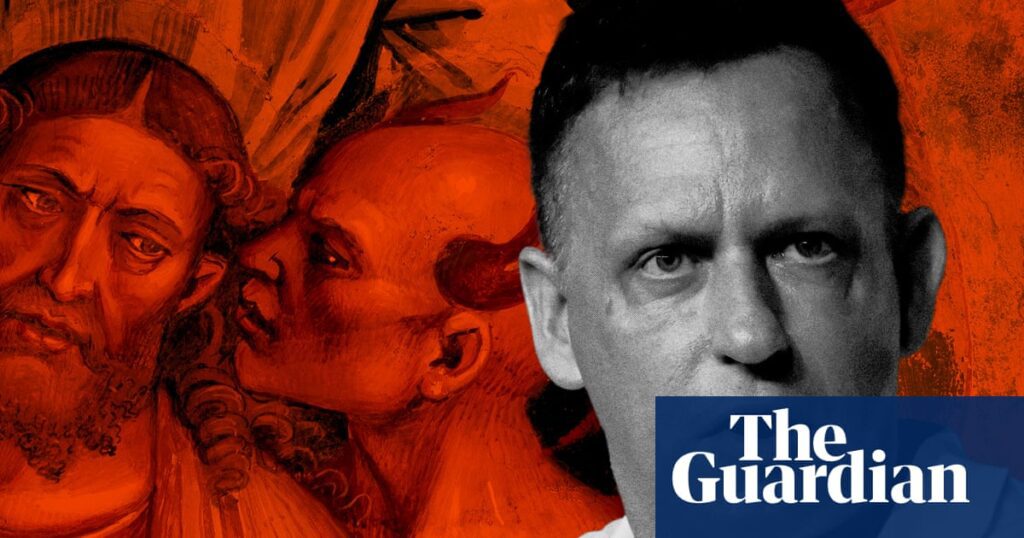Billionaire and tech investor Peter Thiel has expressed concerns about the concept of the antichrist, viewing it as a possible embodiment of current global dynamics. Over four lectures in San Francisco, he explored various interpretations of the antichrist, suggesting it could be tied to figures like Greta Thunberg or reflect broader fears surrounding environmentalism, international governance, and technological restrictions.
-
First Lecture: Thiel posits that the antichrist will rise by exploiting fears of impending Armageddon, using these fears to consolidate power and stifle technological and scientific progress. He emphasizes that this figure will depict global threats to instigate a one-world state.
-
Second Lecture: Examining historical interpretations of governance, Thiel identifies characteristics of antichrist-like governments as depicted in various literary works, suggesting a literary lens can reveal insights into contemporary governance structures.
-
Third Lecture: He argues that the antichrist—identified as a singular tyrant—could achieve global domination if they rise young, as youth correlates with adaptability and speed in enacting change.
-
Fourth Lecture: Thiel controversially positions the U.S. as a modern-day katechon (a force restraining the antichrist), while simultaneously suggesting it is a candidate for one-world governance.
Thiel’s arguments intertwine biblical references with critiques of modern politics and environmental movements, particularly framing figures like Thunberg as potential opponents of scientific progress. He expresses deep concerns about the stagnation of technological advancement, associating this with the rise of the antichrist, and critiques political movements that favor limiting scientific exploration. Ultimately, his musings reveal a complex interplay of religious, philosophical, and political ideas, albeit marred by contradictions and unclear definitions.
Tickets for his lectures sold out quickly, emphasizing the interest in his perspectives, though the content raised eyebrows and sparked protests outside events. His blending of technology and theology highlights the anxieties of an influential Silicon Valley figure regarding society’s direction and the potential for authoritarian governance in the guise of global peace and safety.



